Test: Electronics - 2 - Physics MCQ
20 Questions MCQ Test GATE Physics Mock Test Series 2025 - Test: Electronics - 2
Number of comparators required to build a 5-bit analog to digital convertor (ADC) is__________(your answer should be an integers)
For logic circuit shown, the required inputs A, B and C to make the output X = 1 are respectively.


| 1 Crore+ students have signed up on EduRev. Have you? Download the App |
The Boolean expression for the output Y in the logic circuit is


An op-anip circuit is shown in given figure. The current I is ?

The light emitting diode (LED), shown in the above figure has a voltage drop of 2V. The current flowing through LED is_____________mA (your answer should be first decimal place)
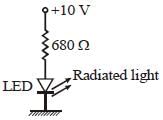
Select the coll ect output (Vo) wave-shape for a given input (Vi) in the clamping network given below:

In the following limiter circuit an input voltage Vi =10 sin 100 πt is applied. Assume that the diode drop is 0.7V when it is F.B. The zener break down voltage is 6.8 V.
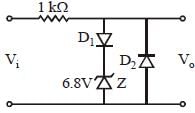
The maximum and minimum values of the output voltage respectively are :
In the circuit shown below, the zener diode is ideal and zener voltage is 6V. The output voltage Vo (in volts) is

In n-channel depletion type MOSFET when drain terminal is positive biased w.r.t. source and if VGS is applied with negative voltage on the gate terminal, then what will be done ?
Given the device characteristics of figure, determine Vcc and Rc for fixed bia s configuration ?
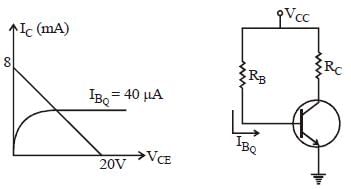
For the circuit shown below, let β = 75 . The Q-point (ICQ - VCEQ) is
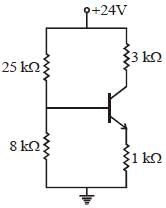
In the circuit shown, the silicon BJT has β = 50. Assume VBE = 0 .7 V and VCE(sat) = 0.2V, which one of the following statements is correct ?
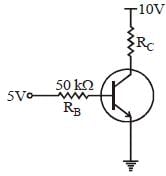
In the circuit shown below, the op-amp is ideal, the transistor has VBE = 0.6 V and β = 150. Decide whether the feedback in the circuit is positive or negative and determine the voltage V at the output of op-amp.
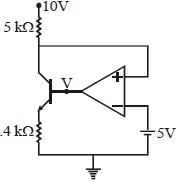
Ill the circuit shown, assume that the diodes D1 and D2 are ideal. The average value of voltage Vab(in volts),
across terminal 'a’ and 'b' is__________V (your answer should be an integer)
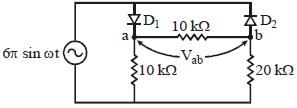
In the circuit shown.

The transistor is biased at___________mA (your answer should be upto first decimal place)
|
1 docs|34 tests
|






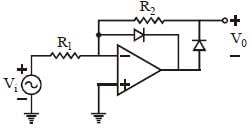
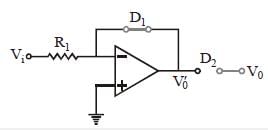


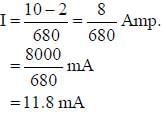


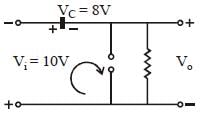
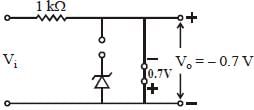
 By voltage divider rule.
By voltage divider rule.





 at inverting terminal
at inverting terminal
















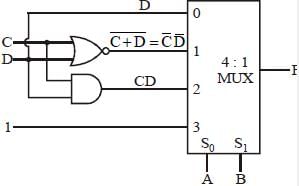




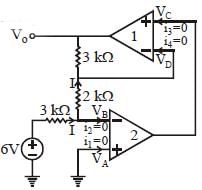




 IE = 1 mA
IE = 1 mA

























